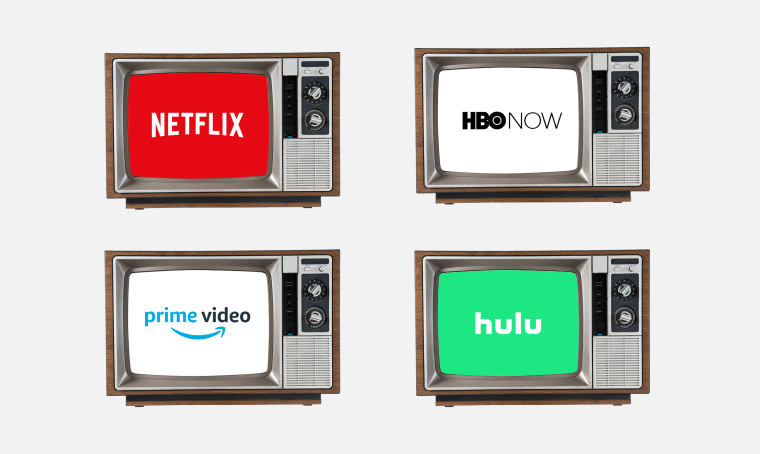Just when you thought you were out, the TV bundle pulls you back in.
Cord-cutting was supposed to be a boon for cash-strapped millennials. But as the streaming video marketplace gets more crowded (Apple, Comcast and Disney are throwing their hats in the ring) and consumer costs rise (Netflix just hiked its price), the future is looking more like the past — and the traditional TV bundle could make a stealth comeback.
Let’s break it down. For starters, the average price of American internet service is $68 a month, according to this research. If you subscribe to the four major streaming services — Amazon Video, HBO NOW, Hulu and Netflix — you probably end up on the hook for roughly $45 every month. And that’s before you factor in the price of new entrants, like the much-hyped Disney+, and their cache of exclusive content.
The net result? A growing number of consumers who subscribe to the noisy jumble of streaming platforms may find themselves saddled with a bill that hovers above $100 a month — nearly as pricey as the $120 monthly average for standard cable/internet packages. (NBCUniversal, the parent company of NBC News, is a subsidiary of Comcast.)
Or as media analyst Dan Rayburn told NBC News on Tuesday: "A lot of consumers are going to go, 'Wait a minute, the big selling point was that [streaming] is much cheaper than cable TV — but now I'm getting less content and fewer channels for the same price? What's the real value here?'"
Philip Green is one of those frustrated consumers. Green, an IT director who lives in Florida, canceled his $180-a-month cable-and-internet package in 2015, when “it was getting ridiculously expensive just to watch TV and browse the web.”
That cost kind of makes me want to go back to cable, where at least I don’t need to log-in to five different apps...
Philip Green
He decided to switch over to a streaming-only media diet, signing up for Amazon Video, Hulu and Netflix. He said he also pays for HBO NOW whenever a new season of “Game of Thrones” is on the air, and he’s planning on “forking out” for Disney+ so he can watch Marvel movies.
But what first seemed like a cost-effective life-hack eventually began to feel like a financial burden, said Green, 48. He now ponies up close to $120 a month for his internet-plus-streaming bundle — and “that cost kind of makes me want to go back to cable, where at least I don’t need to log in to five different apps just to watch stuff [and] everything would be on one box.”
The upsides: Streaming subscribers don’t have to sign byzantine contracts, and they can opt out pretty much any time. The downside: Millennials who savored the no-cable savings may wind up like their baby-boomer parents — paying for channels and shows they didn’t even know existed.

